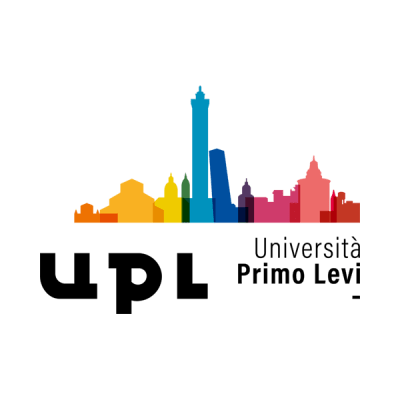
University Primo Levi

Introduction
The Primo Levi University was born in Bologna in 1989. It was promoted by the mayor Renzo Imbeni and the first president of UPL, Fabrizio Valletti, together with: CGIL-CISL-UIL, Acli, CNA, ASL, numerous other institutions and associations. The aim was to give life to an institution destined to carry the best civil heritage of the twentieth century into a future that seemed at risk of dispersion, but not without unprecedented possibilities.
UPL was conceived as a lifelong learning center that looked to free time and in particular to the elderly. This meant taking up a tradition of popular education with firm roots in the history of the city and the region, and social projects such as that of the 150 hours of training for workers. It was a question of creating a place of aggregation which, through culture, would offer tools of emancipation to citizens. Referring to the figure of Primo Levi was a choice rich in meaning.
Progressively, since the nineties, UPL has expanded thanks to the work of its presidents, collaborators, teachers, volunteers. But first of all thanks to the turnout and liveliness of the members and students. If at the beginning of the decade there were about 400, with about forty courses held by as many teachers, in the middle of the first decade it reached 2,500, with an offer of 250 courses. Today there are more than 4 thousand members, with 150 teachers and an offer of 300 courses. The efficient associative system has led to a large presence of UPLs in the neighborhoods and throughout the metropolitan area, through thematic and territorial associations: now there are thirteen, to which are added the relationships that the University has directly with various municipalities.
The growth of the didactic offer took place through a reasoned combination of proposals aimed at stimulating curiosity and satisfying the new needs of the members. Some courses include guided tours, creating excellent links between teachers and students even outside the classroom. Strengths of the humanistic area are the cycles that educate to philosophical culture, the courses that explore the history of each era, the interdisciplinary lessons held by several teachers, the lessons of the teachers of architecture, literature, cinema, music, etc. Crucial sections of the program are also those dealing with technical-scientific dissemination and economics, and with the relationship between nature and psycho-physical well-being. The activity of the laboratories is highly developed: languages, computer science, figurative arts, other disciplines based on “doing”.
Locations
- Bologna
Via Azzo Gardino,20, 40122, Bologna